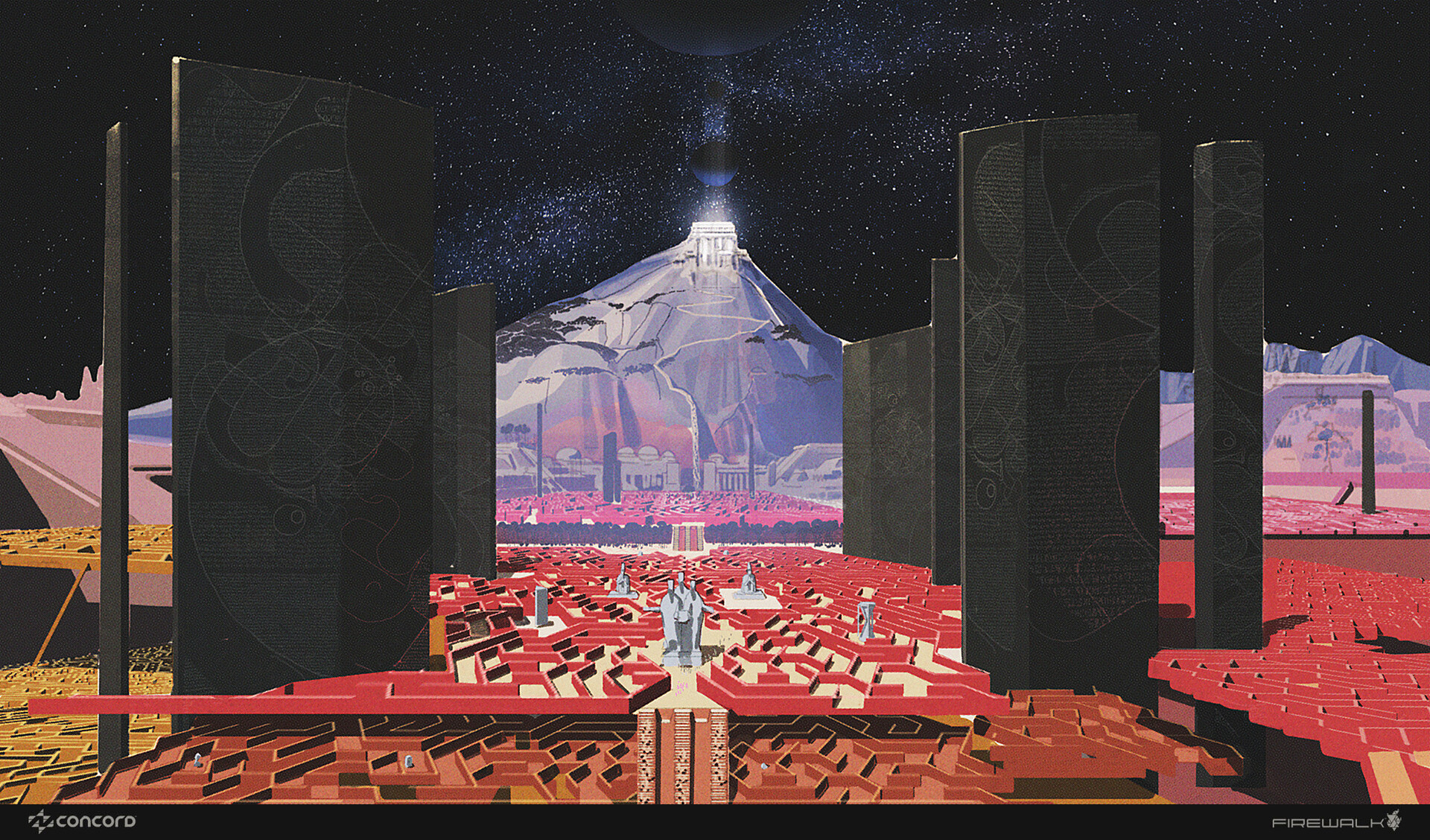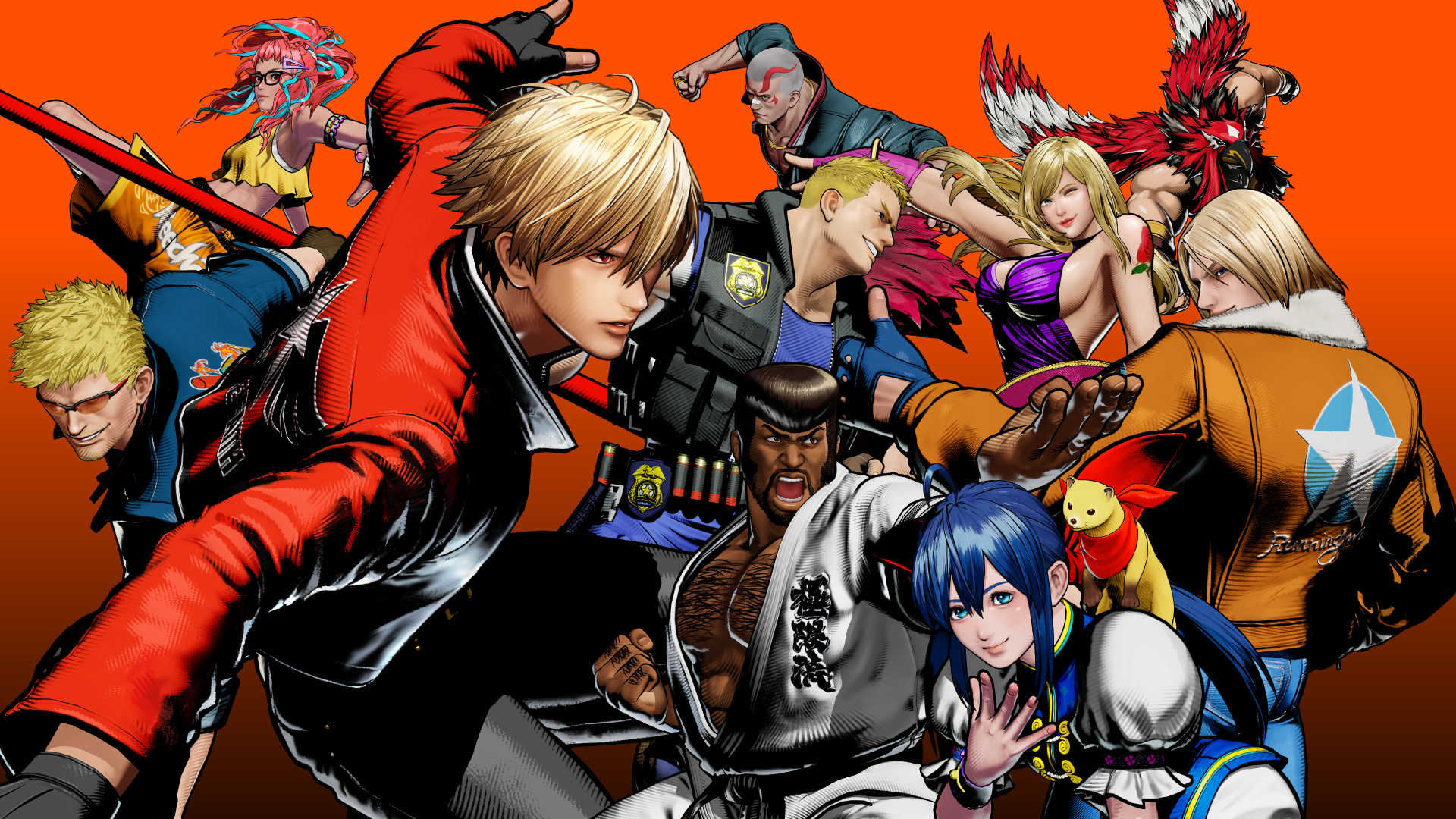
Fatal Fury was an iconic series, and its return with Fatal Fury: City of Wolves is very welcome – the dev is even having fun with its new character design, with the reveal of Christiano Ronaldo starring in the game.
But let's recall, at the height of the arcade, SNK's reputation for big, bold and memory-chewing 2D sprites was unparalleled. Its pinnacle was 1999's Garou: Mark of the Wolves (the Japanese title for the Fatal Fury series), only matched or surpassed by Capcom's Street Fighter 3: 3rd Strike the same year. Now, 26 years later, that legendary fighting game series returns on the best games consoles with Fatal Fury: City of the Wolves.
Alas, the appreciation for the sprites of old mostly comes from retro game fans years later, collecting the best retro game consoles and searching for a hit of nostalgia. At the close of the millennium, 3D graphics were fresh while 2D was considered unfashionable (ironically, the latter still look incredible now whereas 3D games of the same period can look dated). But even while there's a new renaissance of 2D art and pixel art, such as in game like Keep Driving, notably from indie devs, it's perhaps no surprise that to attract new and modern audiences, even fighting games played on a 2D plane have embraced 3D.
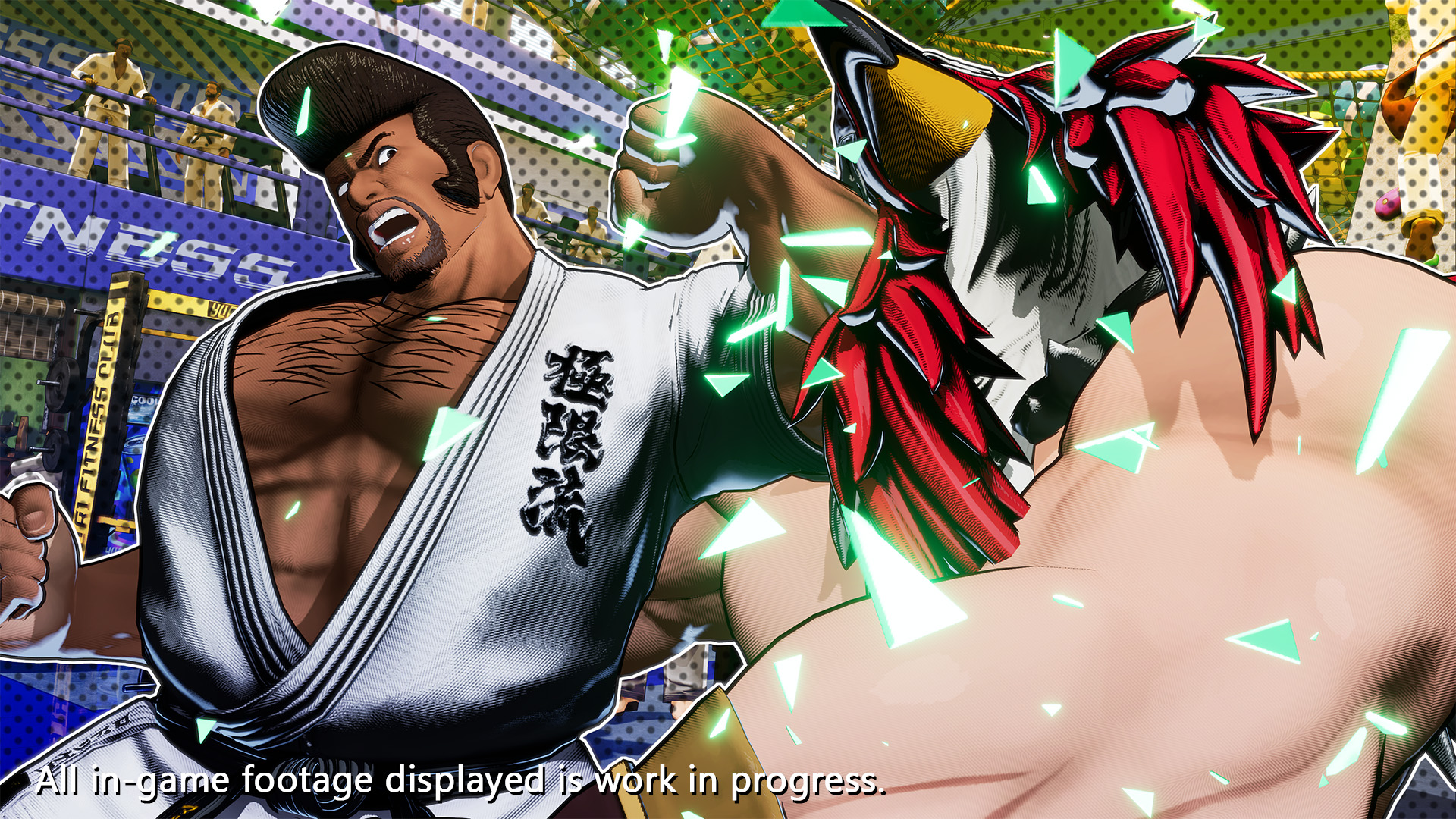
Remaking Fatal Fury's art history
"The technology used to make games 26 years ago and now is completely different," says Nobuyuki Kuroki, Fatal Fury: City of the Wolves' art supervisor. "In that sense, we believe that it’s inevitable that the appearance of a game, no matter what you make, will have to eventually give off a different impression from past entries in the series."
Remarkably, despite the decades that have passed, during which SNK had gone bankrupt and underwent a rebrand under new ownership before the SNK named finally stood on its own again in 2016, it was also able to bring back its veteran talent, including Kuroki and art director Yoichiro Soeda, who had also been Garou's pixel artist and chief designer respectively.
This duo therefore understand what it's like to adapt to expectations for a modern audience, while being careful to continue its legacy, as Kuroki says, "When fans who loved Fatal Fury 26 years ago see Rock Howard in City of the Wolves, we don't want them to be left with the unfortunate impression that he looks and acts differently than before."
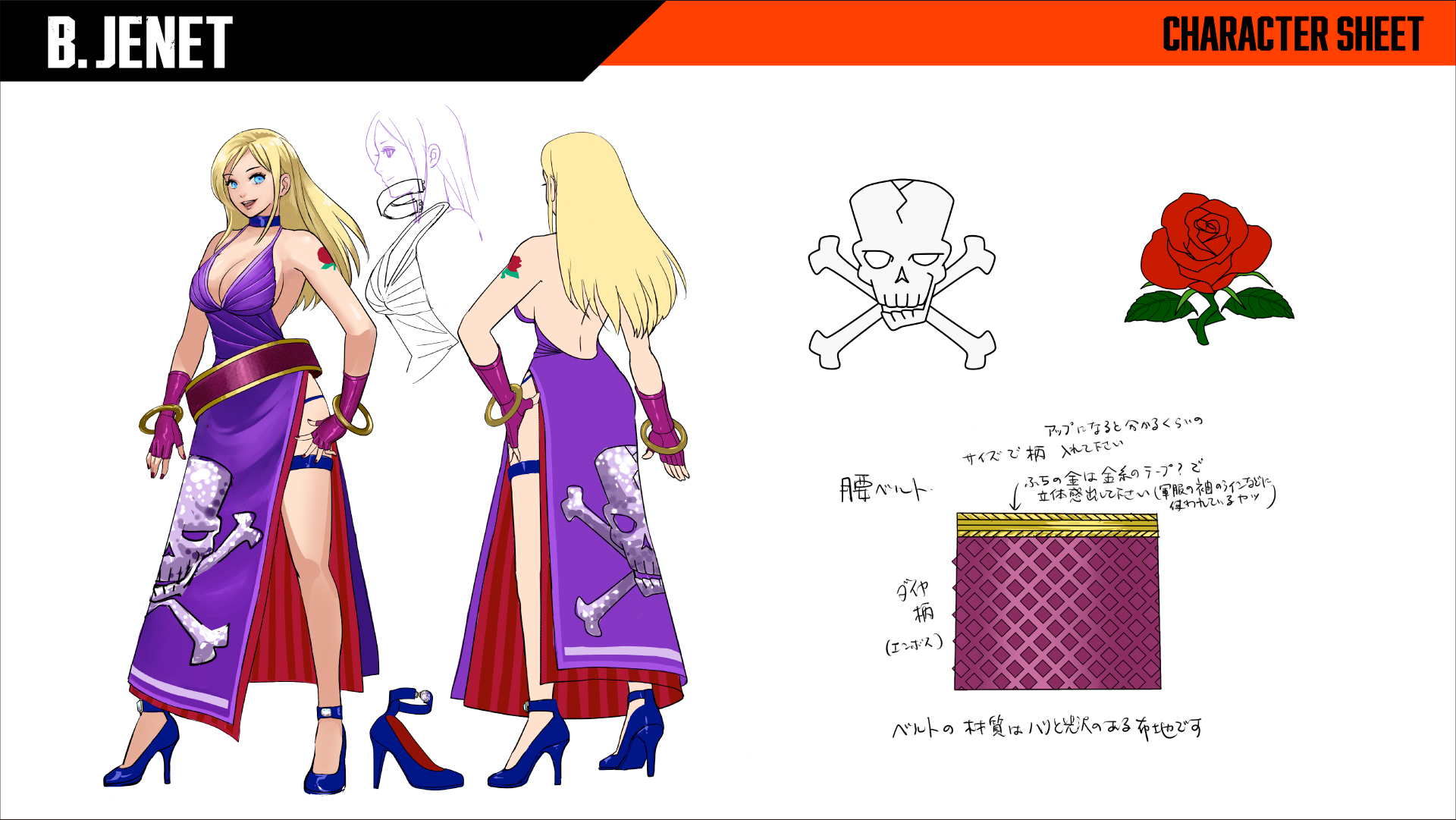
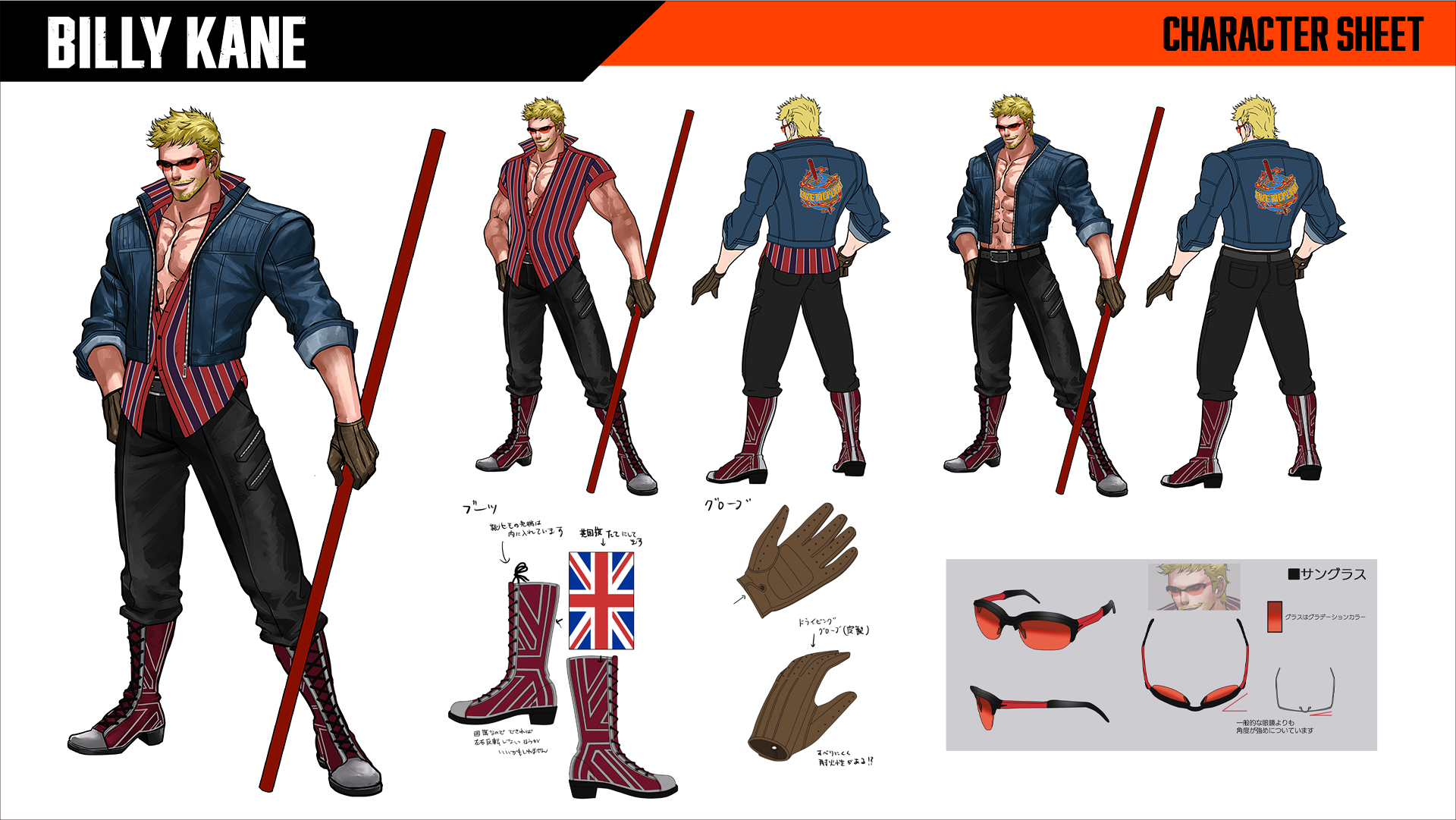
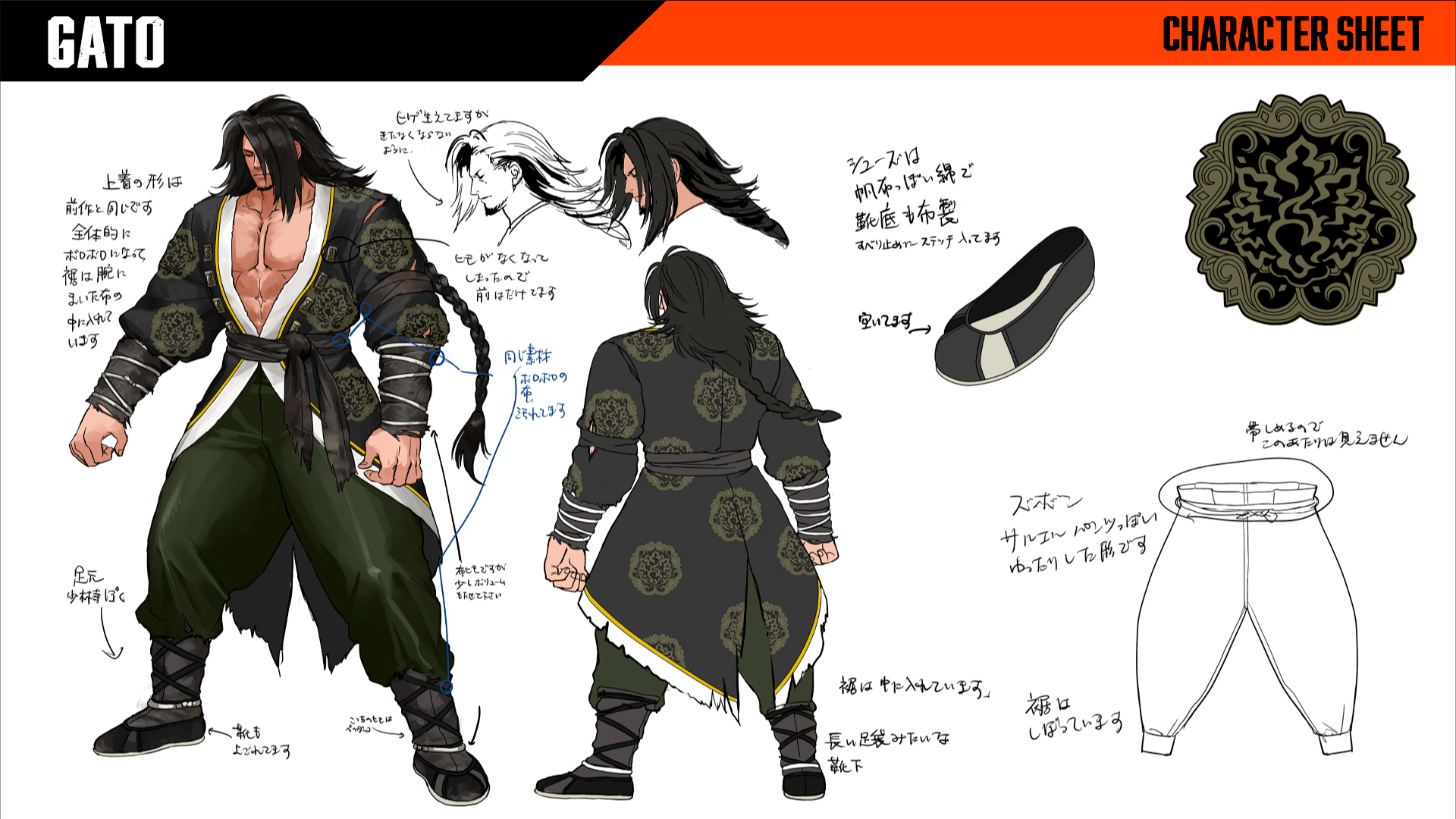
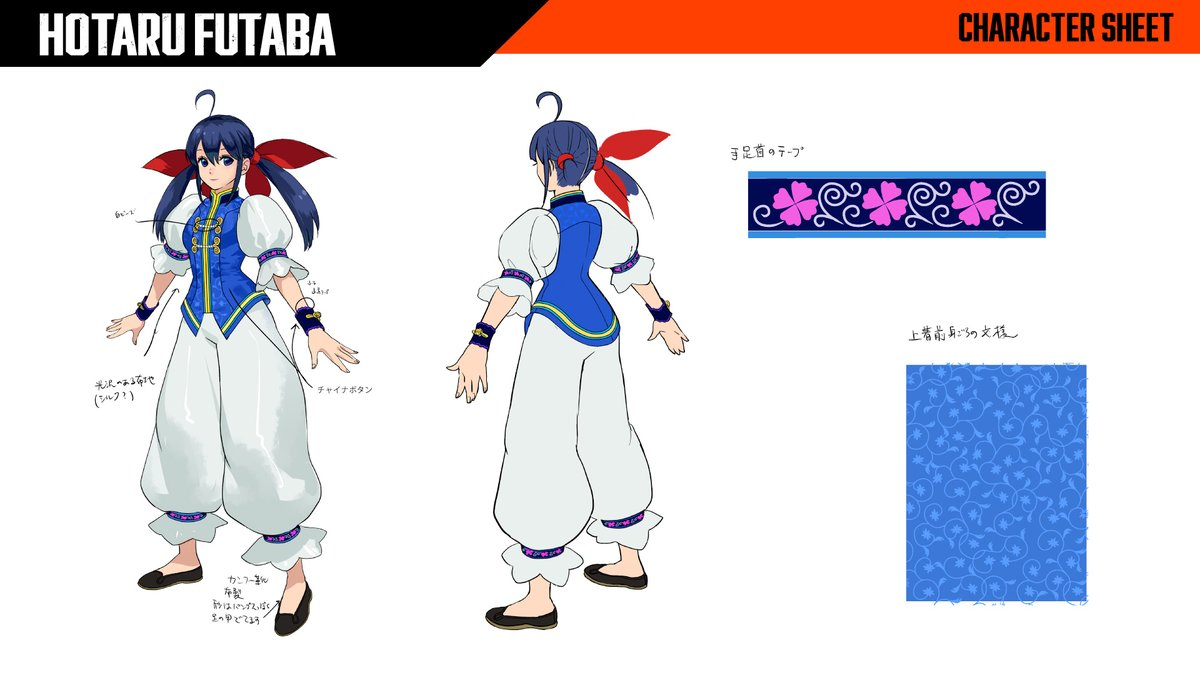

There's a special significance for City of the Wolves, given that Fatal Fury was the very first fighting game from SNK. However, the company had already been reviving some of its other existing fighting game IP with modern 3D graphics using Unreal Engine, including The King of Fighters and Samurai Shodown (both can be found in the Neo Geo mini retro console), while Fatal Fury's Terry Bogard also showed up as a guest fighter in Super Smash Bros. Ultimate, so there was already some groundwork laid for updating characters from their sprite-based counterparts.
Get the Creative Bloq Newsletter
Daily design news, reviews, how-tos and more, as picked by the editors.
"Using the original 2D pixel art as a reference is important of course, but when I create characters, I am especially conscious of their proportions," says Kuroki. "For City of the Wolves, we aimed for somewhere in between Samurai Shodown's large powerful characters and KoF XV's, where characters look taller so as not to destroy the game's stylish appeal."
Having also served as a character motion artist and animation for the recent instalments of The King of Fighters, Soeda is grateful that characters from the Fatal Fury series also have a presence there and therefore stay up to date. "Since sprites and 3D models each have different advantages, I was conscious of incorporating dynamic expressions that were not possible in the age of sprites, while taking advantage of the unique appeal of 3D models," he says. "Rather than simply recreating the pixel art 1:1, we focused on bringing characters to life by taking advantage of the strengths of hand-keyed animation. Motion capture is also used in some of the acting expressions and introductions."
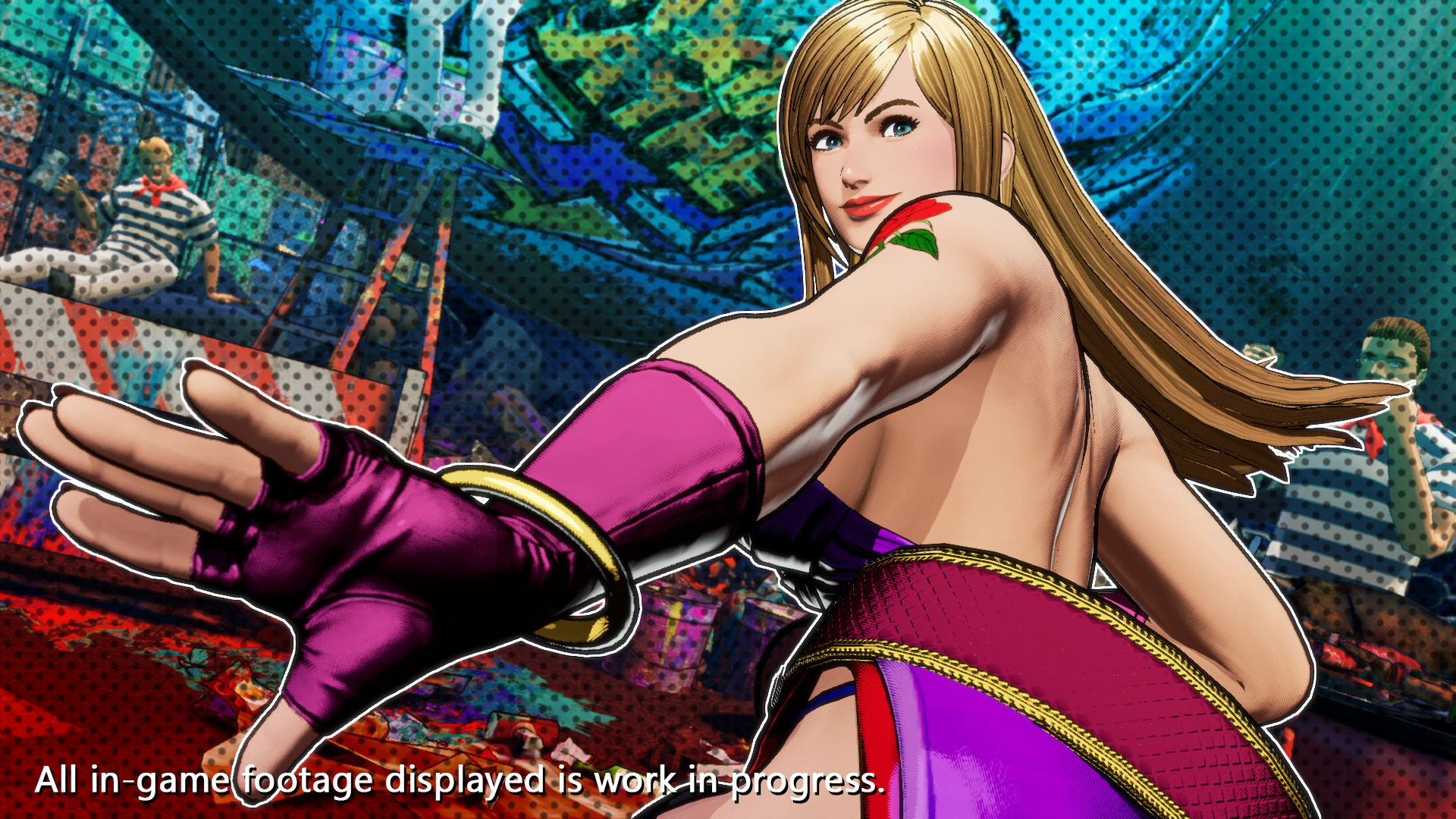
Reviving Fatal Fury's US comic art style
Although the series had something of an anime style, certainly from its illustrative artwork, City of the Wolves doesn't quite go for that aesthetic, not least because anime fighters is also its own sub-genre in terms of both presentation and mechanics. "If City of the Wolves had realistic or animated visuals, It would be compared to titles that are at the top of those representations in fighting games," Kuroki says. "As the original Fatal Fury had motifs of American-style comics, and since that wasn't an art style many games used, we felt North American fans would be able to easily enjoy the game with little issue. It’s an art style that we came up with based on logic, rather than being influenced by some specific art style."
It even doubles down on this aesthetic by having visuals that mimic Ben Day dots seen in old comic book prints, also famously replicated in Roy Lichtenstein's pop art paintings. "There are only a few times when the character's face can be seen more fully, such as when a super special move is performed, before the match starts, or when they win a match, so we believe that these few times are very important to create an impressive visual representation of the character," Kuroki explains. "We thought that the dotted background was the best way to simply convey the American comic book feel."
Other effects serve a more practical purpose, as there are a lot of subtle but clear uses of colour, in particular with distinguishing the Rev mechanics introduced in City of the Wolves. Even the supers have three different animations and camera angles to tell them apart from ignition gear, redline gear, and hidden gear. "We placed an emphasis on visibility, so that the player can easily understand the situation at hand," Soeda adds.
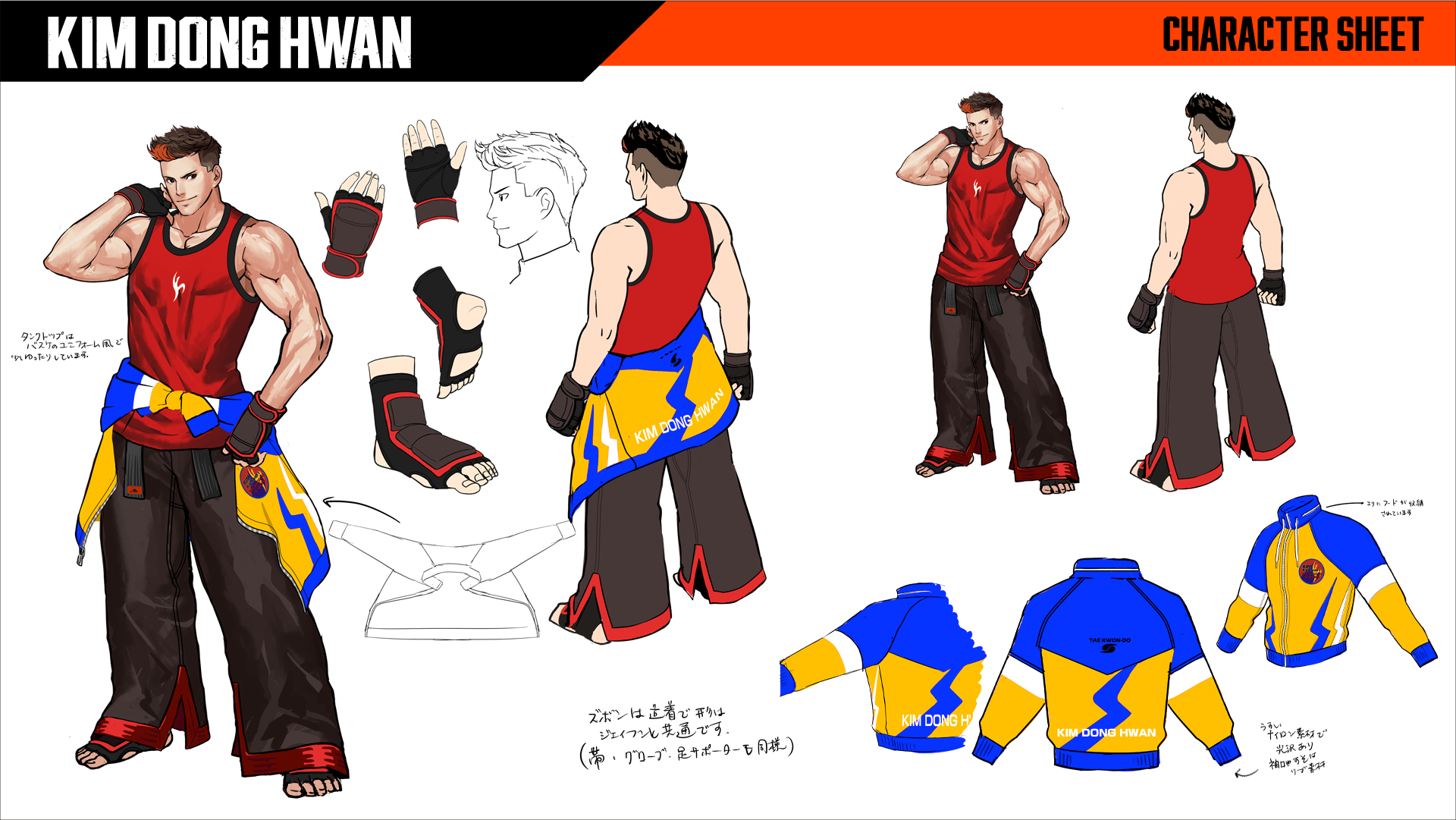
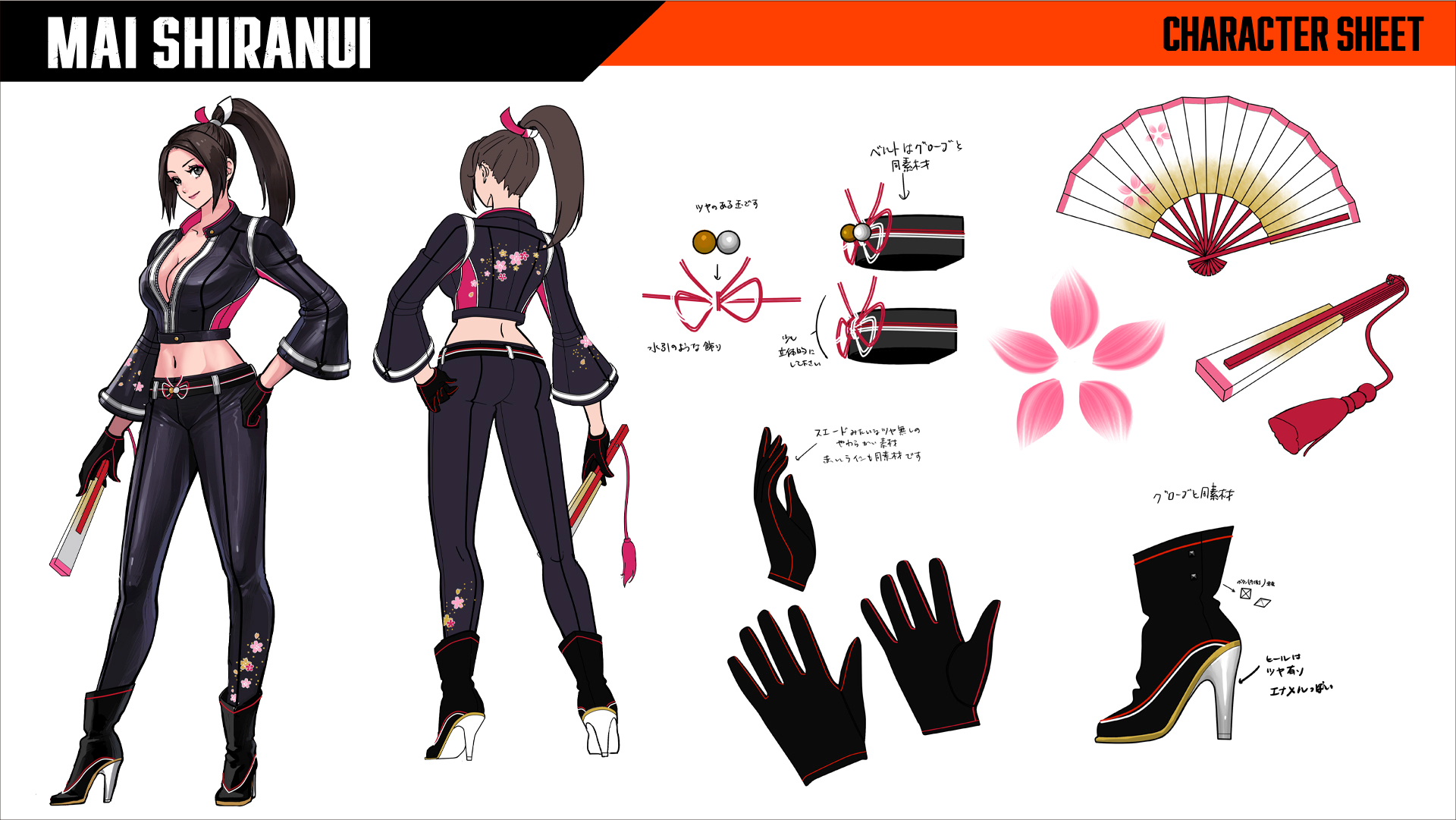
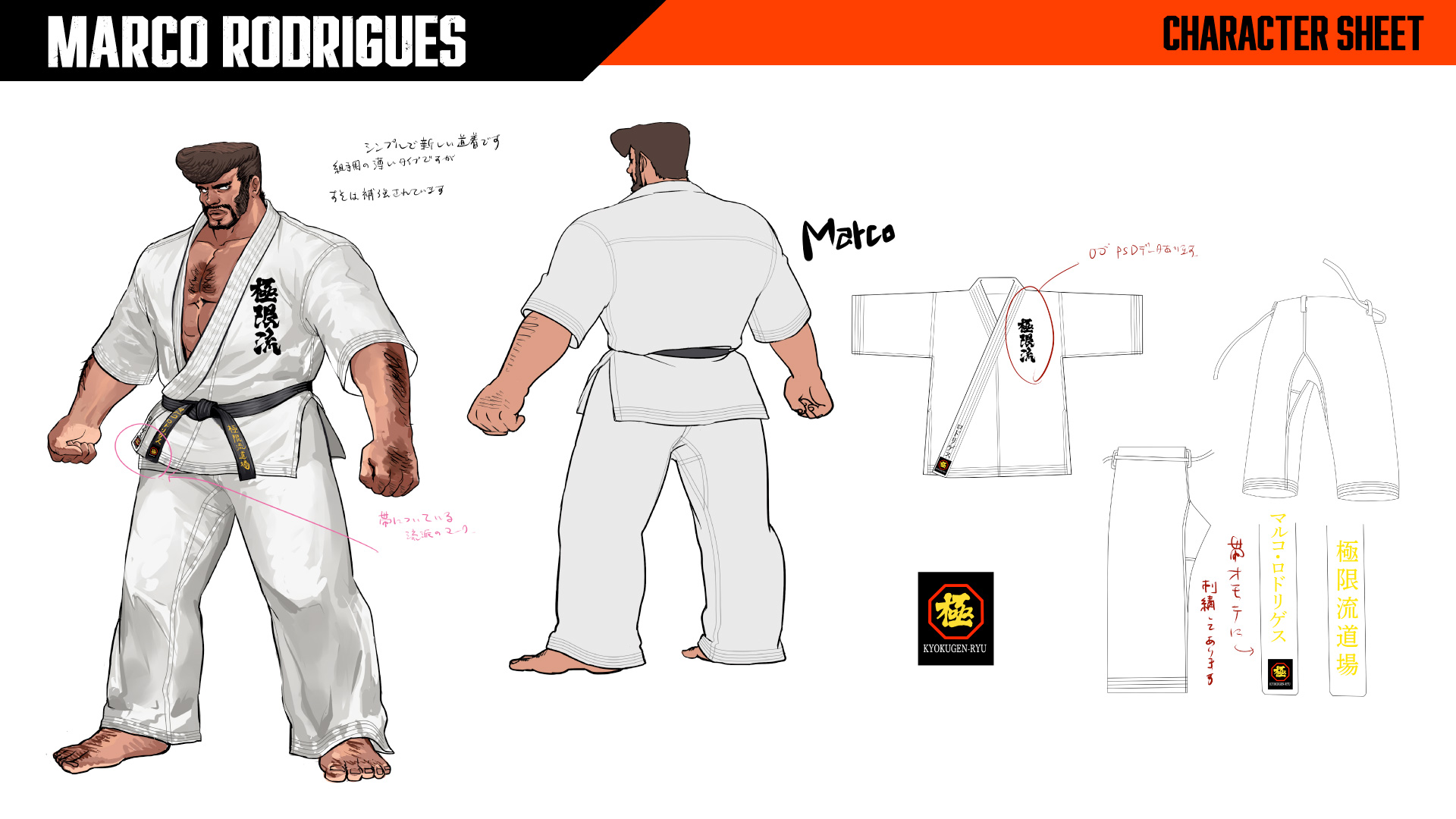
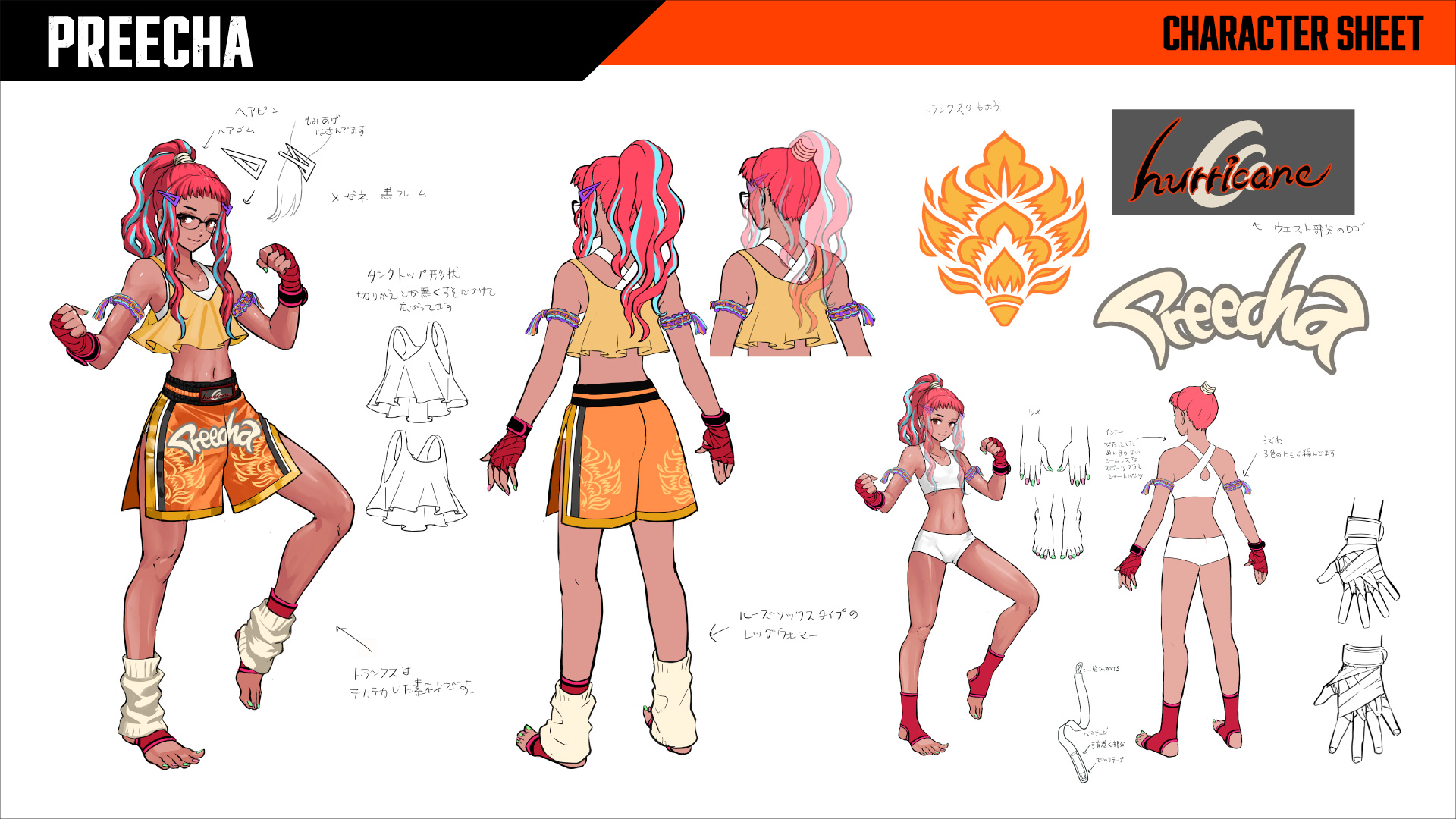
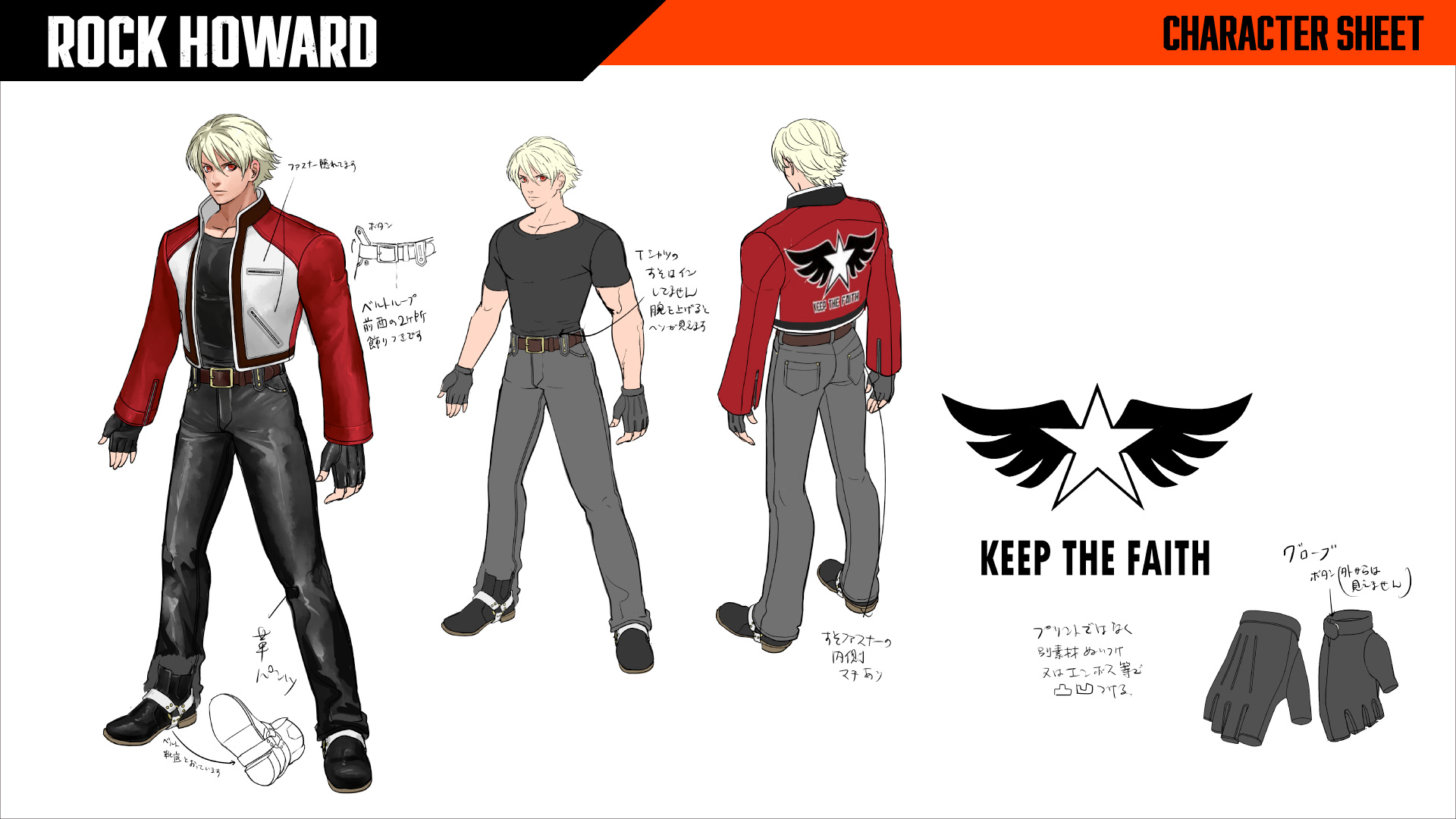
Crafting Fatal Fury's character design
Given the decades gap between entries, it's important for there to be continuity in character designs. Many returning characters have kept their previous designs, such as Terry, who had already made a drastic change in Garou, ditching his signature red cap and sporting a brown leather jacket, or Hotaru Futaba with her blue and white Chinese martial arts outfit (along with her pet ferret).
But unlike The King o Fighters, which Kuroki and Soeda refer to as a 'festival', which doesn't strictly adhere to a canonical timeline, time has nonetheless passed in the story of Fatal Fury, so there are still some ways this is expressed. Perhaps the most obvious redesign is for the series' most popular character Mai Shiranui, who is no longer dressed in her iconic (and revealing) red kunoichi outfit, at least not by default. "Mai herself has grown as a character, though some aspects remain the same," Soeda explains. "We designed her black leather-based costume to portray the image of a stylish and cool older sister."
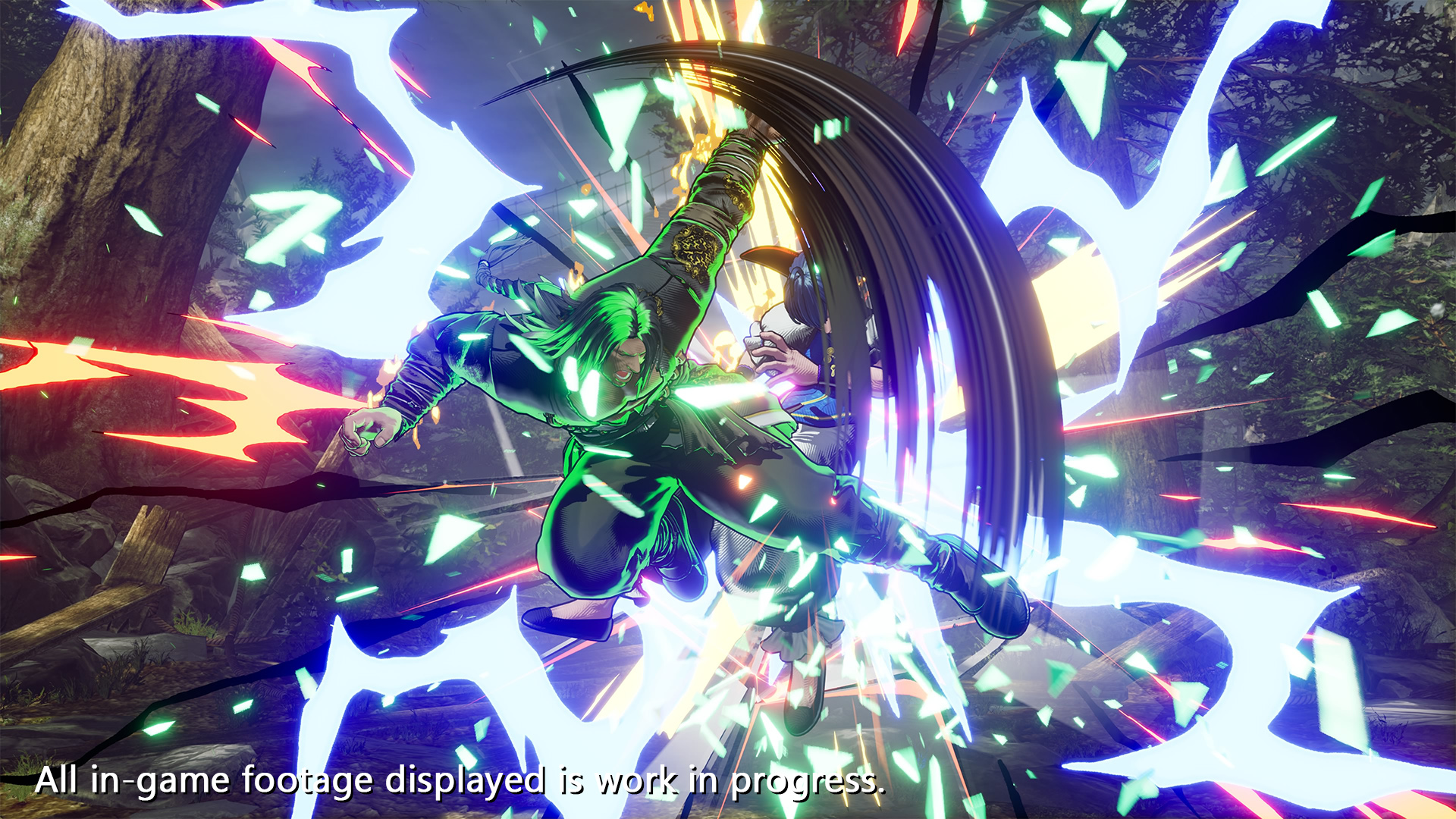
When it comes to new characters to the series, such as Preecha with her vibrant colours, the old veterans give the credit to the new young generation of developers they're working with. "Veterans like ourselves shared our opinions on characters that have existed for a long time, but for new characters, we wanted them to be created with the sensibilities of today's youth, so I didn't give much input," Kuroki explains. "I thought that was the best way to please both the old fans and new players."
"If there are parts of the game that feel fresh, I think that’s a result of their efforts," Soeda agrees. "I made my debut with Fatal Fury in 1991 and was in charge of Joe Higashi, so I was deeply moved to see my juniors enjoying creating his protégé, Preecha."
Fatal Fury: City of the Wolves arrives high on a wave of a new golden age of fighting games, and while the competition is fierce, its long-awaited return definitely looks fighting fit.
Fatal Fury: City of the Wolves releases 24 April for PlayStation 5, PlayStation 4, Microsoft Windows, Xbox Series X and Series S.

Thank you for reading 5 articles this month* Join now for unlimited access
Enjoy your first month for just £1 / $1 / €1
*Read 5 free articles per month without a subscription

Join now for unlimited access
Try first month for just £1 / $1 / €1
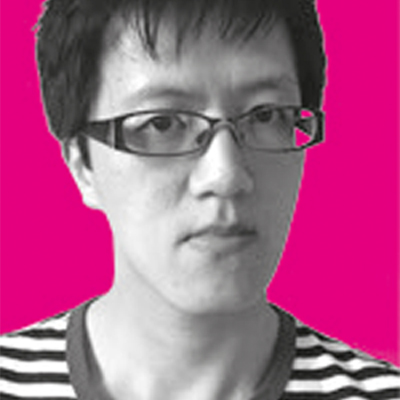
Alan Wen is a freelance journalist writing about video games in the form of features, interview, previews, reviews and op-eds. Work has appeared in print including Edge, Official Playstation Magazine, GamesMaster, Games TM, Wireframe, Stuff, and online including Kotaku UK, TechRadar, FANDOM, Rock Paper Shotgun, Digital Spy, The Guardian, and The Telegraph.
You must confirm your public display name before commenting
Please logout and then login again, you will then be prompted to enter your display name.
